The Palm Tree Nursery Sarasota, FL Recommends
Request a Service
Hero Request Form
Quality Palm Tree Selections for Your Property
Our palm tree nursery in Sarasota, FL features a wide variety of palm trees to enhance the beauty of your home's exterior. We have more than 30 years of experience with palm trees. Let us help you to choose the right palm tree for your property.
We are members of the Florida Nursery, Growers and Landscape Association and the Florida Department of Agricultural and Consumer Services. You can come to our nursery and pick up the palm trees you choose or we can deliver them to you and install them too!
FREE estimates are available. Take a look at our palm tree selections below to find the perfect palm trees for your property. Be sure to ask about our specials when you call (941) 342-4347. Se habla español.
We are a certified nursery stock dealer that's licensed, bonded and insured. Call (941) 342-4347 today.
Reviews
Related Services
Adonidia Double
Uses: Small Specimen Tree, Large Containers, Interiorscapes. The Adonidia is moderately salt and drought-tolerant, doing well in sunny areas.
Height: 15 Ft. Typical Max
Growth: Moderate
Origin: Philippines
Maintenance: Self-trimming
Stock: Assorted
Scientific Name: Adonidia merrillii
Adonidia Triple
Small specimen tree, large containers, interiorscape. Salt Tolerance: Moderate, Soil Requirements: Widely adaptable. Light Requirements: Moderate to High.
Height: 15 - 25 Ft.
Growth: Moderate
Origin: Philippines
Maintenance: Self trimming
Stock: Assorted
Scientific Name: Adonidia merrillii
Areca Palms
The areca palm is so widely planted throughout subtropical and tropical climates, it is often treated with contempt by palm enthusiasts. Though most often thickly planted as a screen or boundary hedge, areca palm can make an attractive specimen plant in time when a measure of clear trunk is achieved, and the cluster is opened up by thinning out of some stems.
Height: 20 Ft. Typical
Growth: Moderate Rate
Origin: Madagascar
Stock: 8 Ft. Plus
Scientific Name: Dypsis lutescens
Bismarkia
The silver Bismarck has become one of the most sought-after tropical fan palms for Florida landscapes. Its large and formal appearance makes it an excellent choice as a specimen palm for commercial and residential landscapes. Its robust size may overwhelm some plantings, making it a poor choice for small houses and compact residential lawns.
Height: 30-60 Ft.
Growth: slow
Origin: Madagascar
Stock: assorted
Scientific Name: bismarckia nobillis
Learn More About Blue Sky Landscaping
Located at 9981 Fruitville Road, Sarasota, FL, Blue Sky Landscaping specializes in custom landscape design, gardens, sod, turf and hardscaping. Locally owned and owner operated. Turnkey landscaping design and nursery. Over 30 years of experience. Call today.

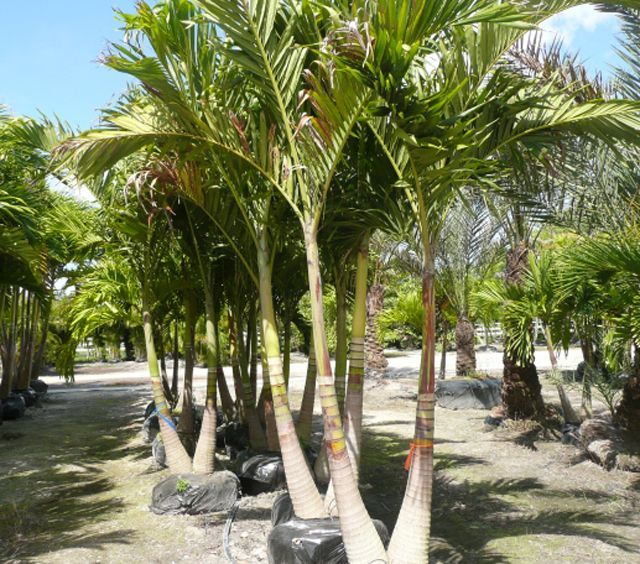
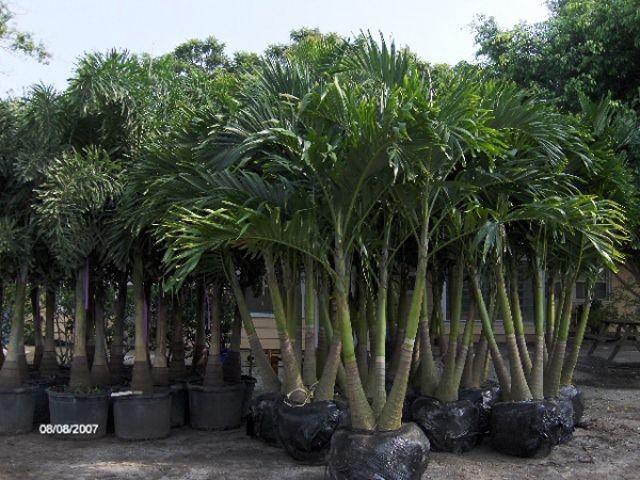
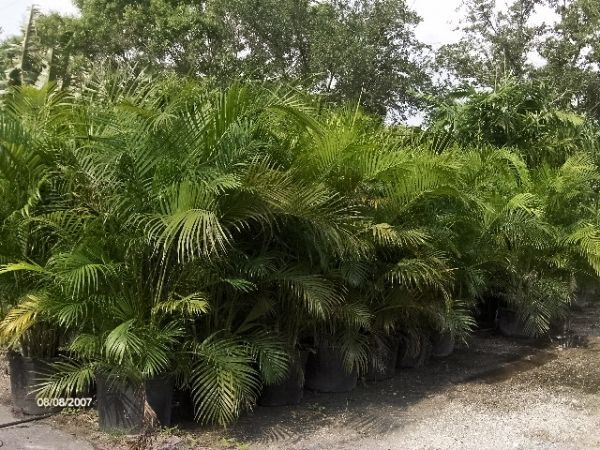
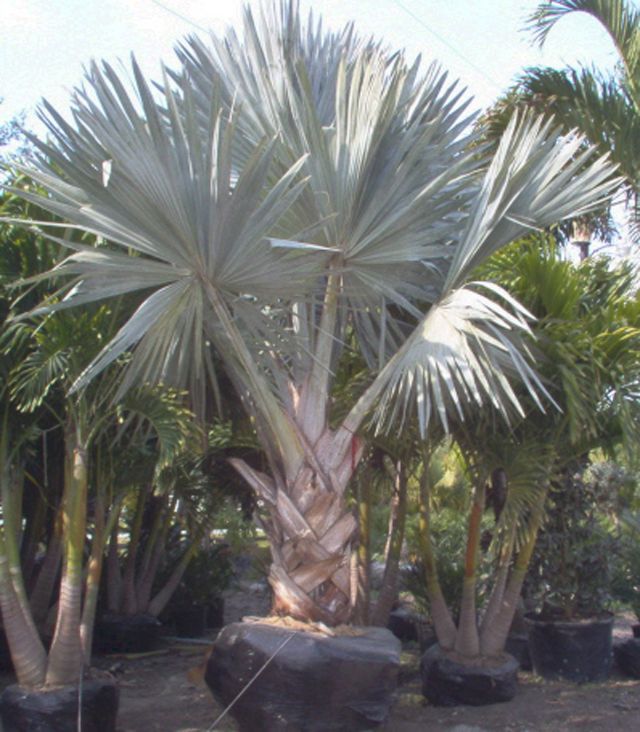
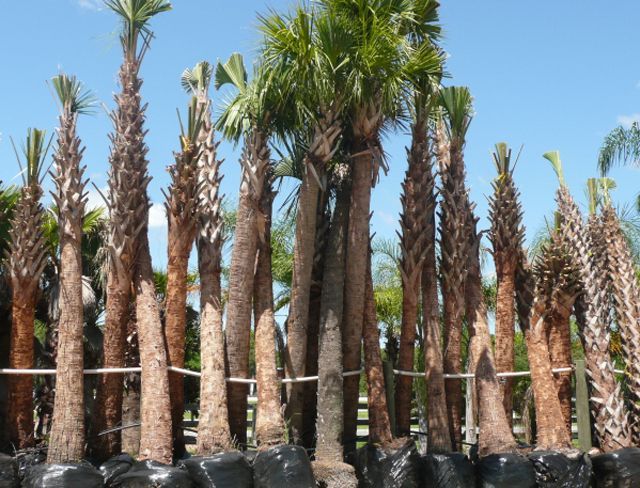
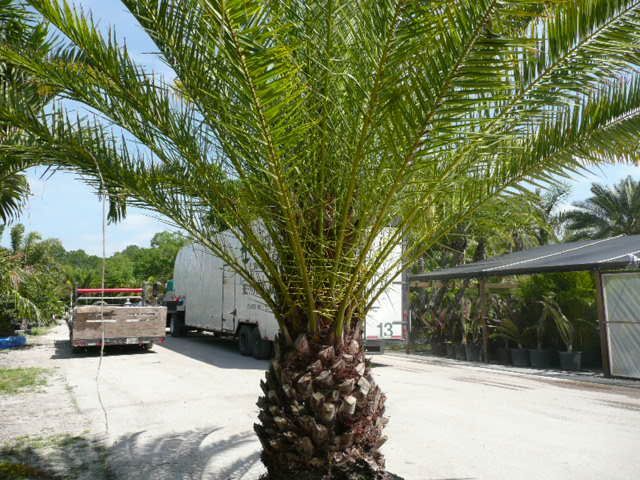
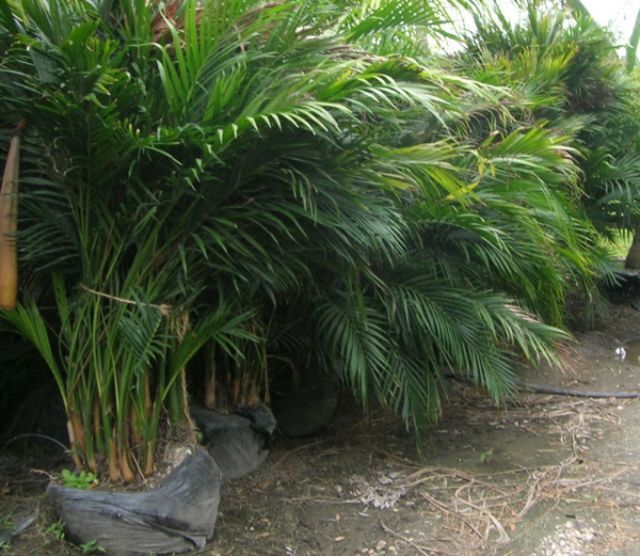
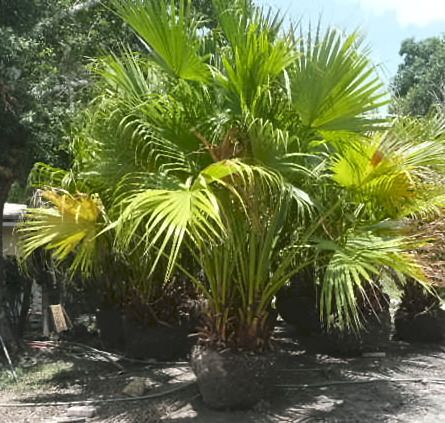
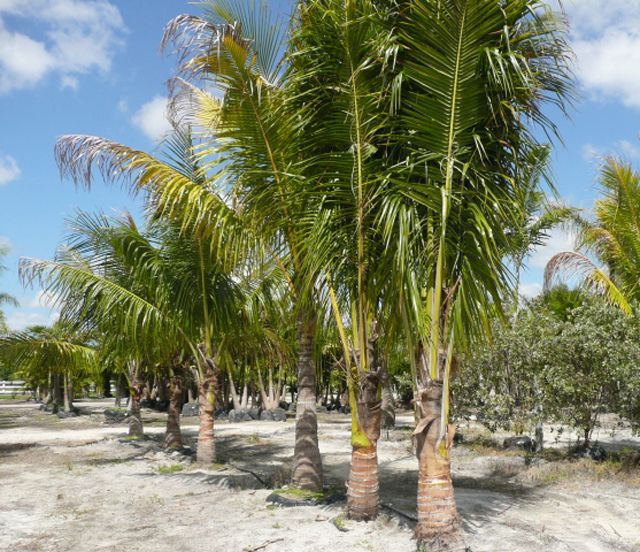
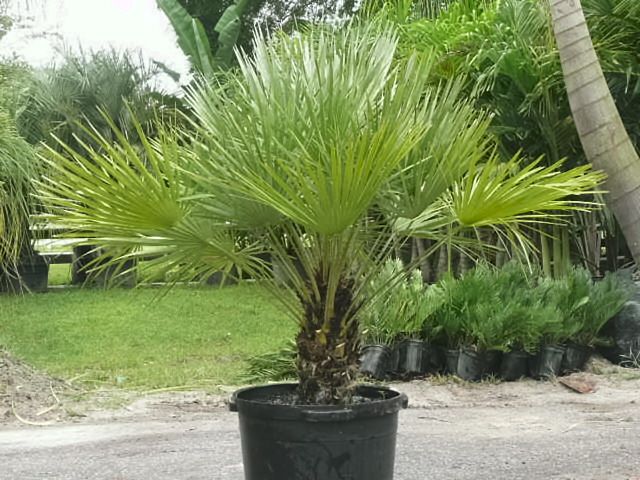
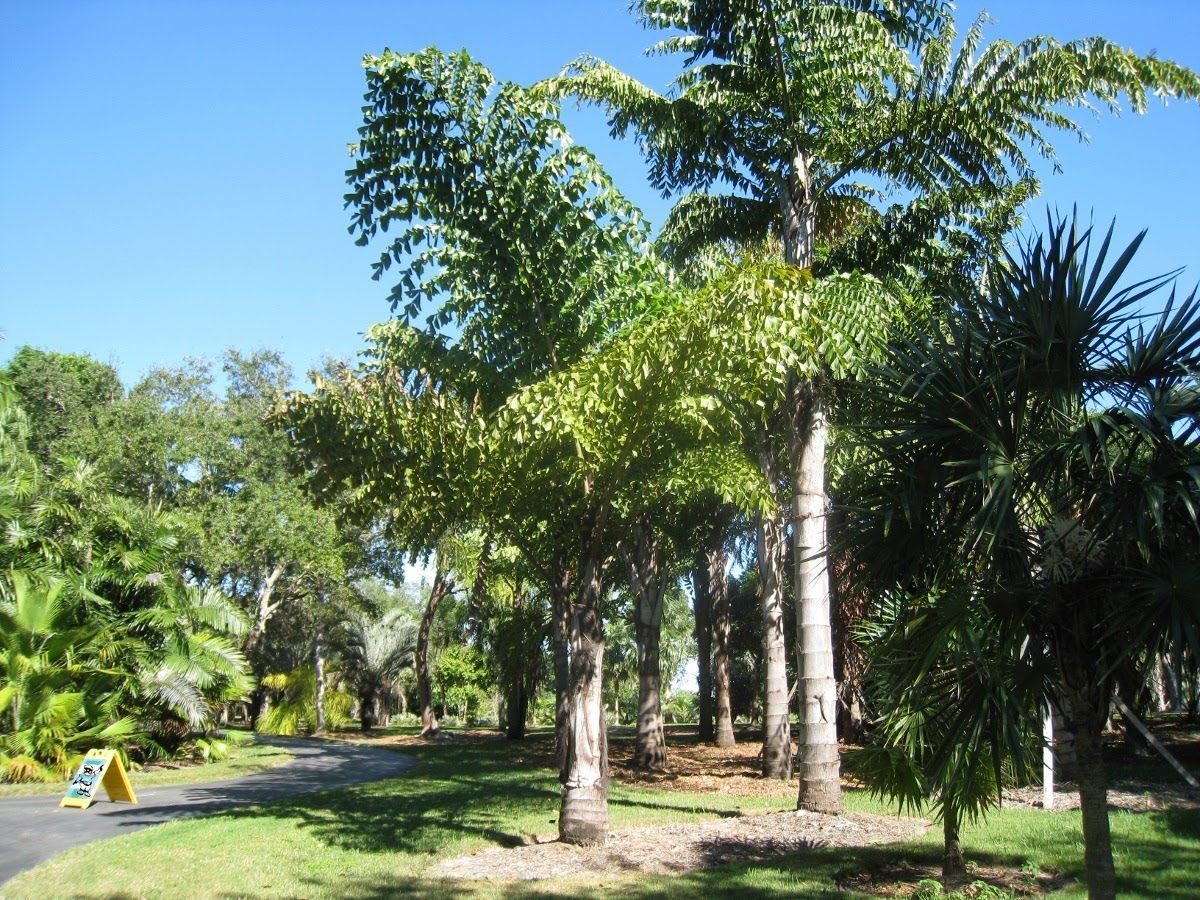
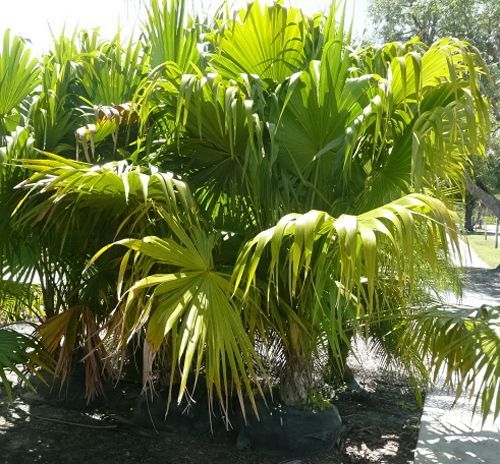
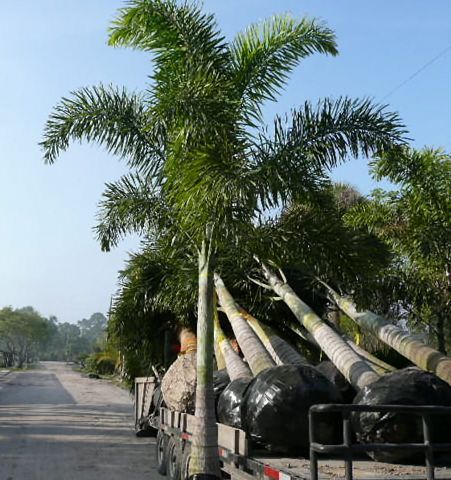
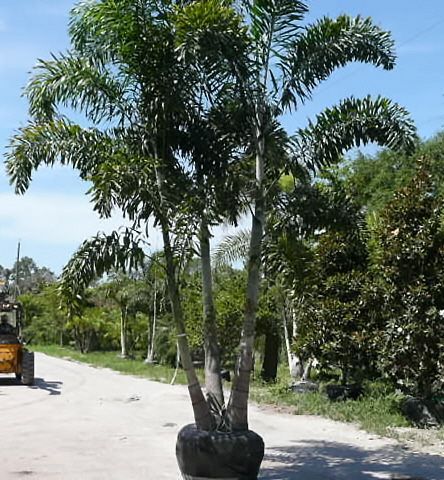
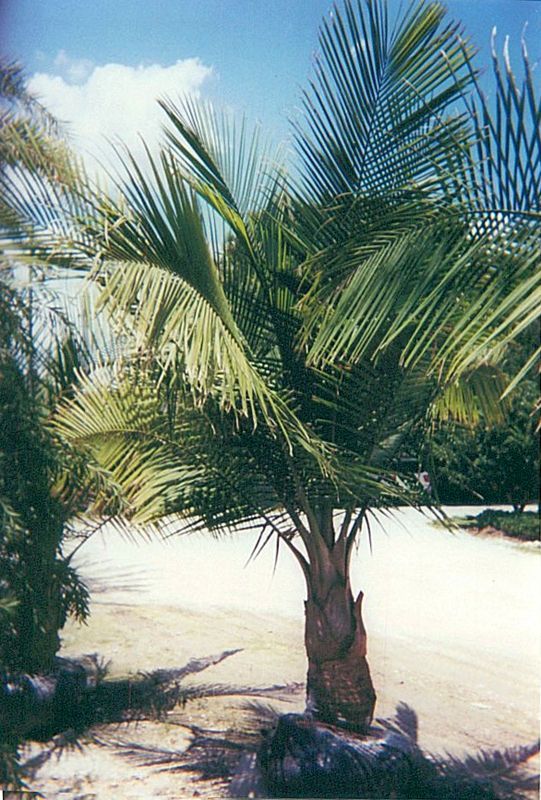
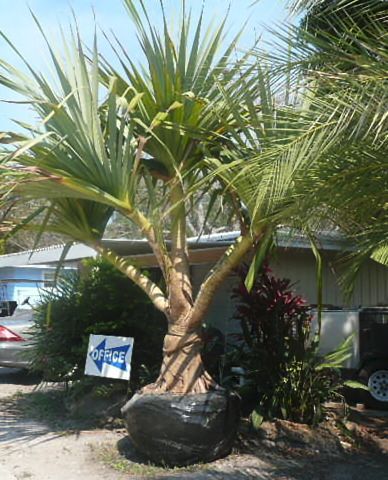
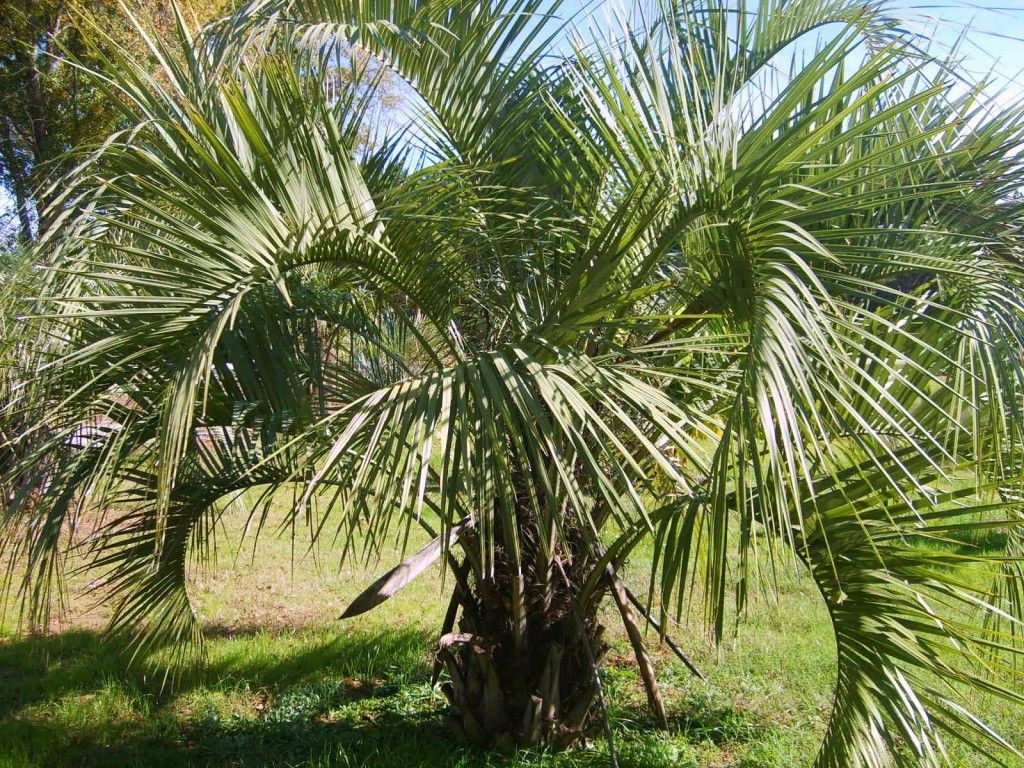

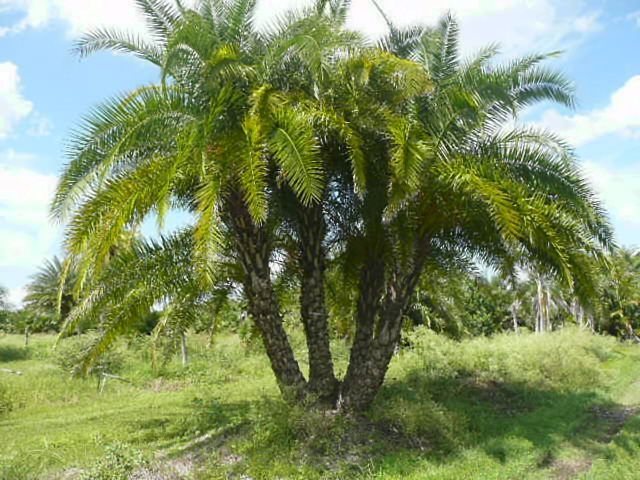
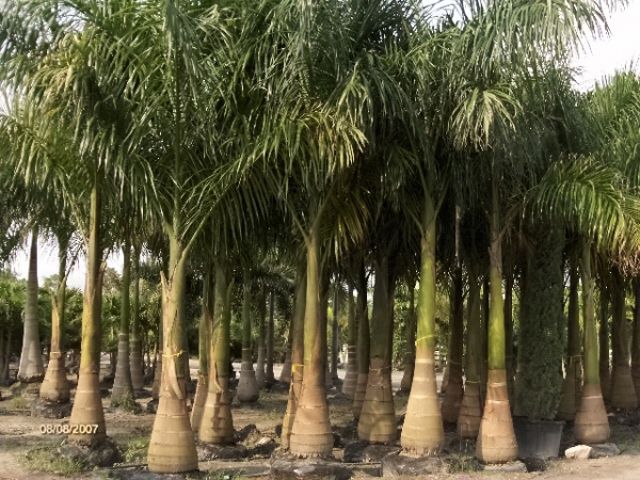
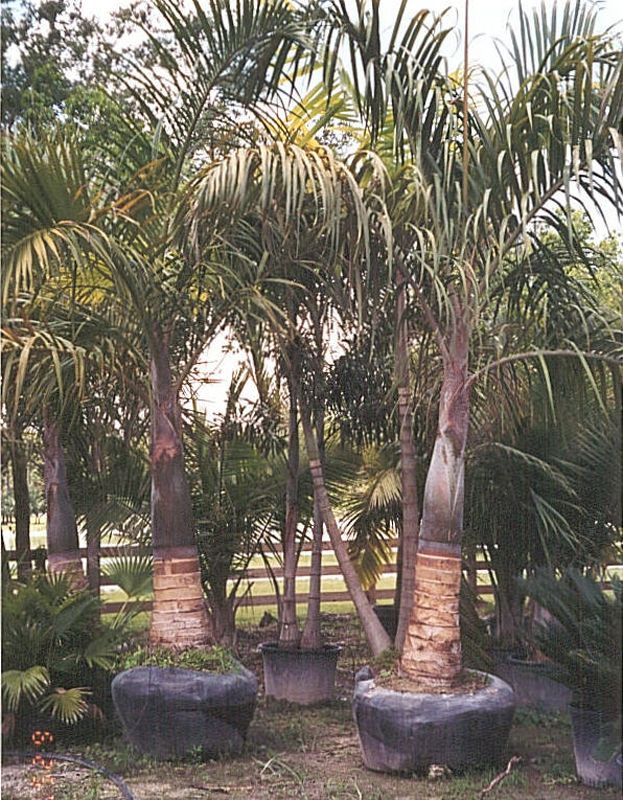
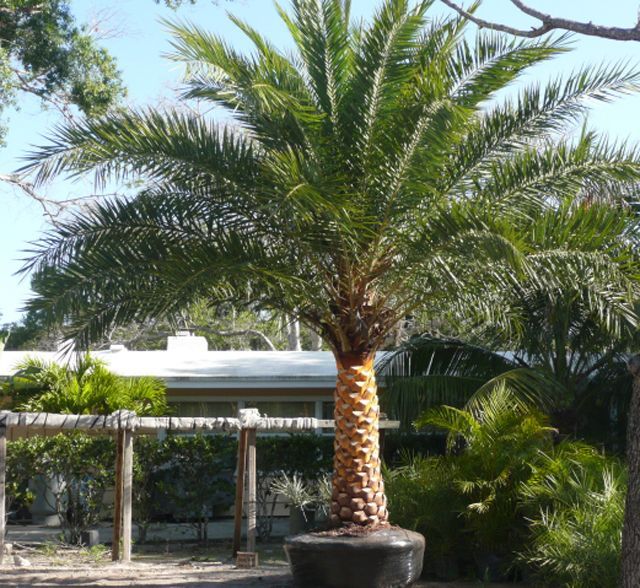
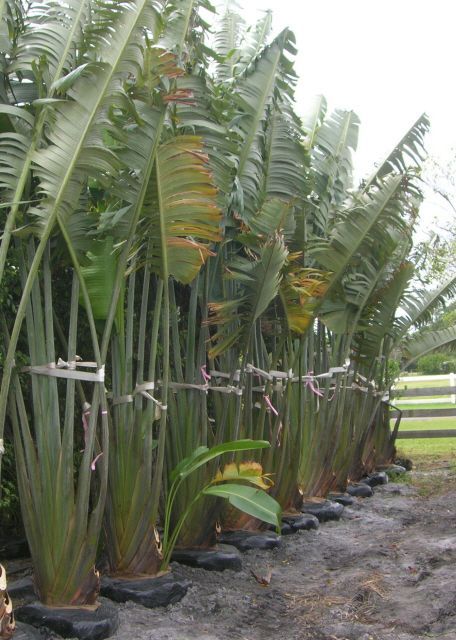

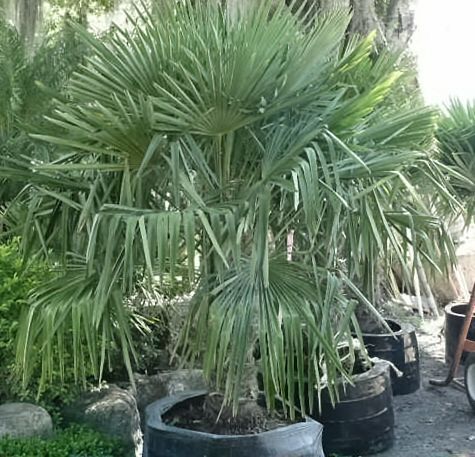

Share On: